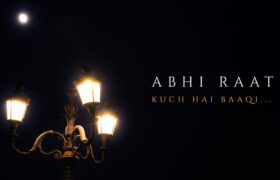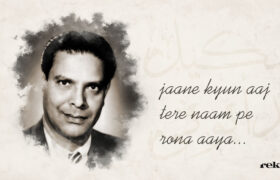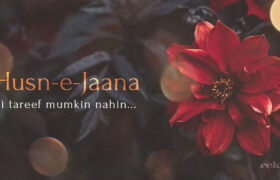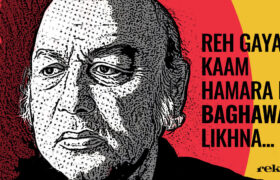Dilli jo aik shehr hai
Kaun jaaye Zauq par Dilli ki galiyaan chod kar


Poets have often represented night- now as an image, now as a metaphor, now as a symbol. And the way Urdu poets signify different dimensions of the night will definitely leave you spellbound. Here we present a constellation of seven couplets from the mesmerising galaxy of Urdu poetry.

A ghazal aficionado, Shakeel Badayuni developed a dialogue with life in all its romantic glory and grandeur

When it comes to praising the glory of your beloved, poetry always comes handy.

Habib Jalib is considered one of the most valiant and high-spirited persons of his times. He pulled the masks off the faces of the tyrant rulers and showcased their real faces to the people which he considered to be his real engagement.
Enter your email address to follow this blog and receive notification of new posts.